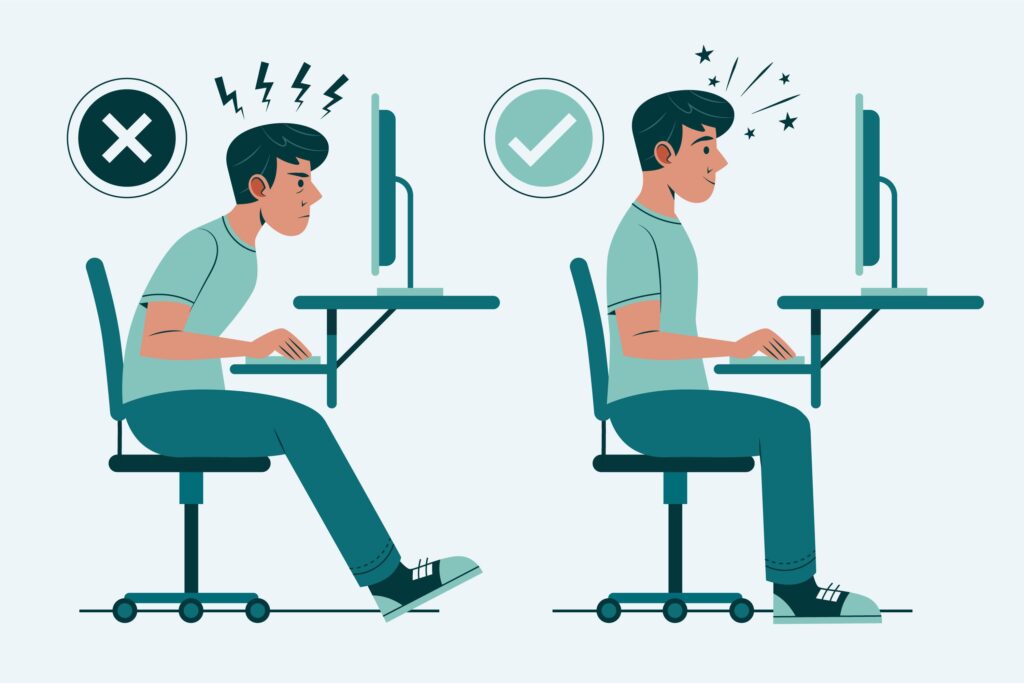In today’s fast-paced corporate environment, employee health plays a pivotal role in maintaining productivity, engagement, and workplace morale. Yet, many organizations continue to face recurring health challenges among staff that disrupt workflow and impact overall business performance. Below, we explore six common employee health issues in the workplace, their root causes, and strategic solutions companies can implement to foster a healthier work environment.
1. Work-Related Stress and Anxiety Disorders
Workplace stress is arguably the most widespread health issue affecting employees globally. Chronic deadlines, unrealistic expectations, job insecurity, and poor work-life balance often contribute to mental health issues such as anxiety, burnout and even depression.

Symptoms may include:
- Fatigue and irritability
- Difficulty concentrating
- Decreased productivity
- Sleep disturbances
What Employers Can Do:
- Foster an open, stigma-free mental health culture
- Offer access to Employee Assistance Programs (EAPs)
- Promote flexible work arrangements
- Encourage time off and discourage overworking
2. Musculoskeletal Disorders (MSDs)
Repetitive strain injuries (RSIs), neck and back pain and carpal tunnel syndrome are all examples of musculoskeletal disorders arising from poor ergonomics, long sitting hours or repetitive tasks.

Key contributors:
- Poor posture due to inadequate desk setups
- Lack of movement or stretch breaks
- Improper lifting techniques in physical roles
Preventive Measures:
- Invest in ergonomic furniture and workstations
- Conduct regular ergonomics assessments
- Provide training on proper posture and movement
- Implement daily stretching or desk yoga breaks
3. Obesity and Poor Nutrition
Sedentary desk jobs, combined with poor food choices and lack of physical activity, contribute significantly to obesity and lifestyle-related diseases such as diabetes, high cholesterol, and hypertension.

Typical behaviors contributing to obesity at work:
- Snacking on processed foods
- Skipping meals or overeating
- Inactivity during the workday
Strategies for Intervention:
- Provide access to healthy cafeteria options or snack alternatives
- Organize office fitness challenges and wellness programs
- Encourage walking meetings or standing desks
- Offer subsidies for gym memberships or wellness apps
4. Vision Problems and Digital Eye Strain
With the rise in screen-based work, Digital Eye Strain (DES)—also known as Computer Vision Syndrome—has become a growing health issue. It affects employees who stare at screens for extended hours without breaks.

Common symptoms:
- Blurred vision
- Eye fatigue or dryness
- Headaches
- Neck and shoulder tension
Solution:
- Promote the 20-20-20 rule: every 20 minutes, look at something 20 feet away for 20 seconds
- Use blue light filters or screen protectors
- Encourage regular breaks from screens
- Provide anti-glare monitor screens and adjustable lighting
5.Infectious Diseases and Hygiene Issues
From seasonal flu outbreaks to more severe public health threats like COVID-19, infectious diseases in the workplace can spread rapidly if precautions are not in place.

Common causes:
- Shared equipment and workspaces
- Poor air circulation
- Inadequate sanitation practices
Effective Preventive Actions:
- Ensure availability of sanitizers and handwashing stations
- Promote a “stay-at-home-when-sick” culture
- Introduce regular office disinfection routines
- Install proper ventilation systems
6.Fatigue and Sleep Disorders
Many employees silently battle chronic fatigue and sleep disorders due to late-night screen exposure, long commutes, shift work, or excessive workloads.

Signs of fatigue:
- Sluggish behavior and low motivation
- Microsleep episodes at work
- Difficulty focusing and making decisions
- Frequent sick leaves
Actionable Employer Initiatives:
- Limit after-hours communication and encourage digital detox
- Educate on sleep hygiene via workshops
- Redesign shift rotations to allow for adequate rest
- Promote use of wellness apps that track sleep
Final Thought
Addressing employee health issues is not just a moral responsibility, but a strategic business decision. When companies invest in employee wellness—both physical and mental—they foster a culture of loyalty, reduce long-term healthcare costs, and boost productivity.
